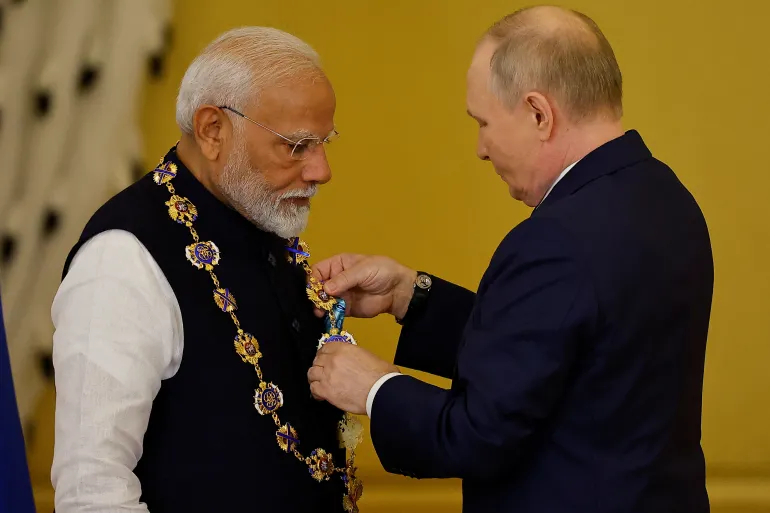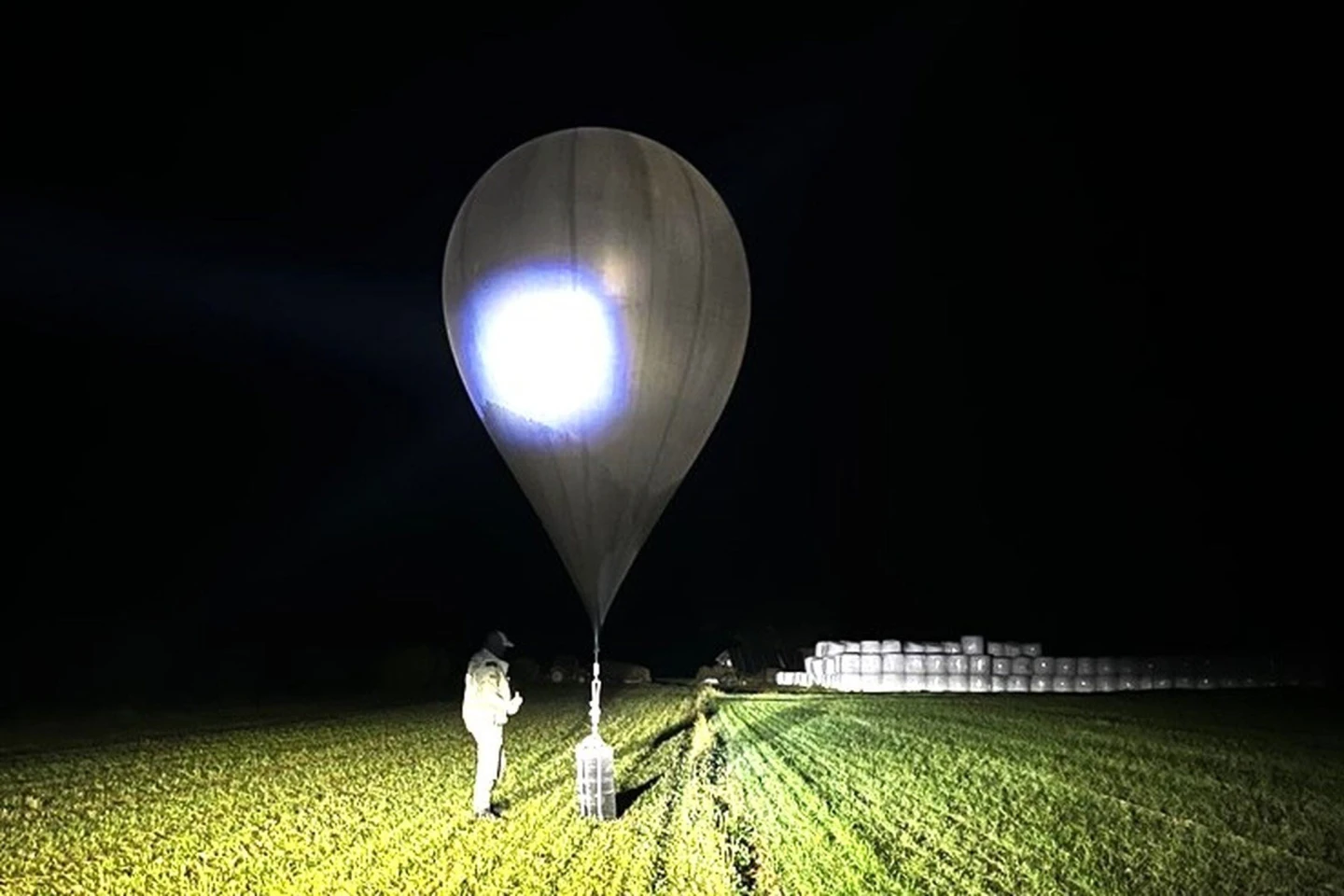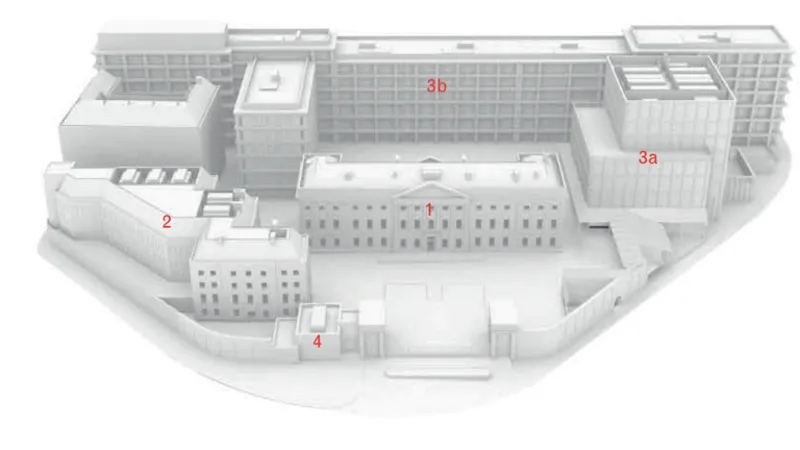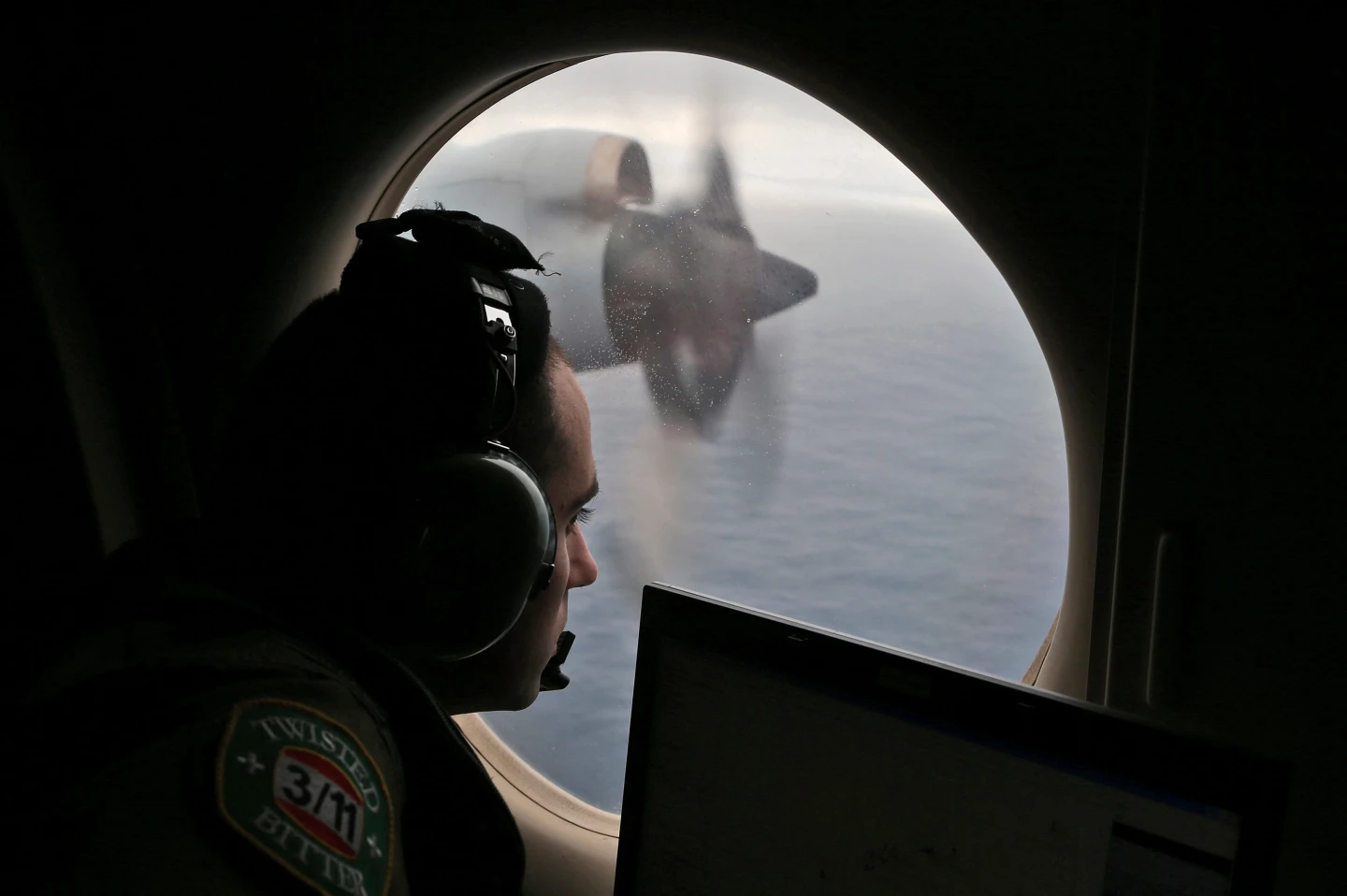Poland has mobilized roughly 40,000 troops along its eastern frontiers with Belarus and Russia, a move widely seen as preparation for the upcoming Russian-Belarusian military exercise known as Zapad-2025. The deployment reflects growing concerns in Warsaw over potential threats and unpredictable behavior stemming from Moscow and Minsk.
What’s Happening
- The large-scale Russian-Belarusian drill, Zapad-2025, is set to begin very close to Poland’s eastern borders. The exercise includes maneuvers testing defensive readiness, hypersonic missile systems, and potentially nuclear-related operations.
- In response, Poland, citing national security, has deployed thousands of additional soldiers and bolstered its eastern border defences. These include enhanced patrols, increased surveillance, and logistical preparations should the situation deteriorate.
- Authorities have also ordered temporary closures of several border crossings with Belarus and intensified security checks, especially near areas thought to be vulnerable to spillover effects from the drills.
Why Poland Is on High Alert
- Russia and Belarus conducting military exercises at or near the border are viewed by Polish leaders and other NATO members as a signal of possible escalation or intimidation, rather than merely routine drills.
- Poland shares history and geography with flashpoints in Eastern Europe. Any misstep—intentional or accidental—during large maneuvers close to its soil could lead to destabilization or even provocations.
- There is broad concern among NATO states that the scale and proximity of these exercises may test the alliance’s readiness, willpower, and ability to respond.
International & Strategic Implications
- Poland’s response underscores NATO’s eastern members’ fears of asymmetric or hybrid threats—such as drone incursions, artillery fire, or provocations disguised as exercises.
- The deployment could strain relations between Poland and its neighbors, especially if any incidents occur during the course of Zapad-2025. Diplomatic friction is likely, especially over accusations of espionage, violations of sovereignty, or accidental incidents.
- The show of force is also aimed at sending a message—to both domestic audiences and to Russia/Belarus—that Warsaw is prepared, vigilant, and will not tolerate threats to its territorial integrity.
Risks & Next Steps
- One key danger is escalation through accident. Troops so close to large drills, especially with advanced weaponry involved, raises the possibility of misinterpretations or unintended clashes.
- Poland is expected to continue coordinating with NATO and EU allies—both for intelligence sharing and possible joint defence measures.
- Polish leaders may also use the heightened state of alert to push for more defence funding, modernization of border infrastructure, and tighter security cooperation in the region.
















Leave a Reply